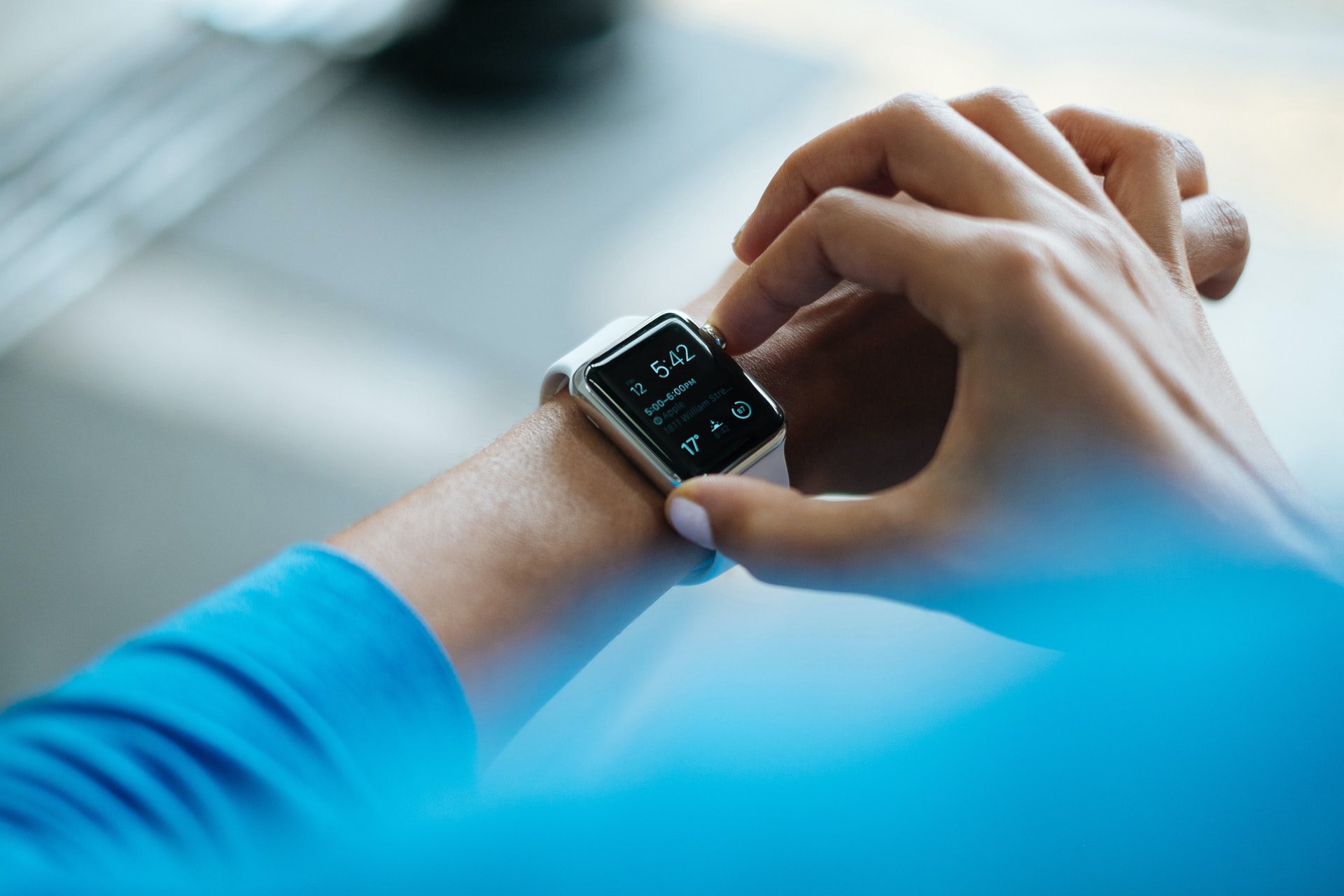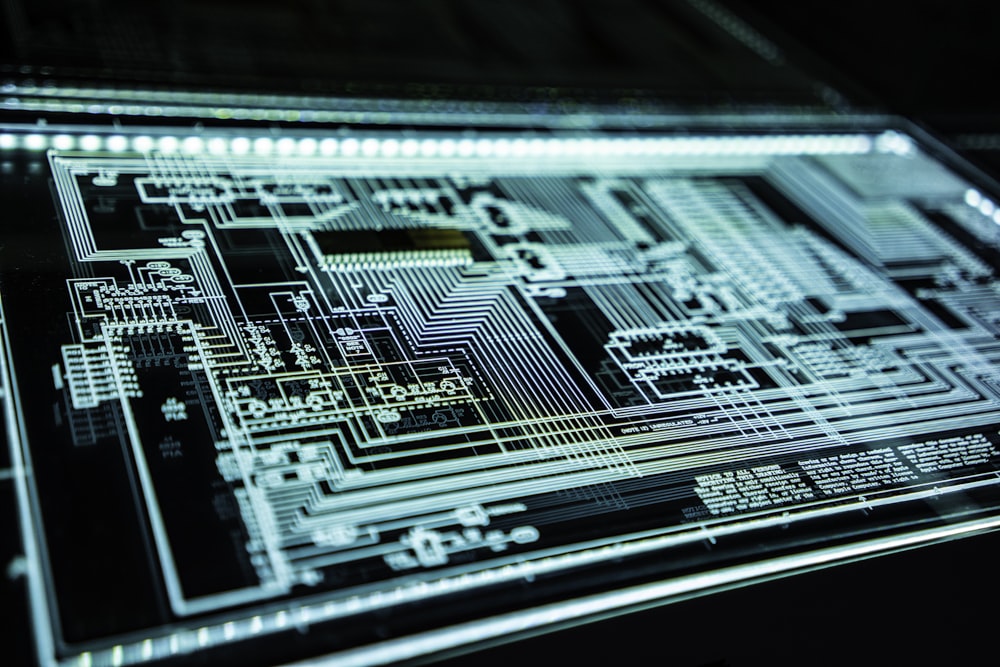Tech For Good: The Future of AI in Healthcare

Artificial intelligence, or AI, still makes many people nervous; it is still a relatively new technology that we’re still getting used to. Luckily, it is showing up everywhere: Apple uses Siri, Amazon uses Alexa, and even in healthcare. While the uses in healthcare around patients are limited, it is occurring, and uses are growing in the health research field.
AI and Patient Health
Currently, AI in regards to patient health is mostly with diagnostics. Dermatologists can take a photograph of a skin lesion, and AI will tell the doctor if it is malignant or benign, or a physician can input symptoms to help identify less common diseases. In these situations, the AI is just helping the doctor do their job more effectively, allowing them to focus on the human aspects of treating patients, like empathy and creating the trust required with doctor-patient relationships.
AI is also being studied for treatments; one study is calculating the areas where to apply radiation in head and neck radiotherapy, so less harmful radiation is applied in total. It’s also being developed to help patients with Type 1 diabetes better control their sugar levels by recommending insulin doses.
AI in Health Research
Artificial intelligence is being tested in many studies, in many contexts, including treatments and diagnostics. When developing both, there are many trials done, and a lot of plastic waste from lab work comes at the beginning. This includes developing new chemical formulas for drugs, where in the past it took testing possible formulas to identify effective ones.

However, with AI, the AI is fed data about cells, diseases, known targets in other drugs, and it sorts through possibilities without testing. When one may work based on the data, that is then tested. It can even identify drugs that could work against other problems and help identify why a drug works in the first place. One example is a cancer drug, BPM31510, which is in clinical trials; AI figured out how it works, allowing researchers to figure out what cancer it would work best against.
Using AI in this way decreases the start-up waste of drug development. Later down the line, it can decrease waste from diagnostics, too. While the success rate of using AI in diagnostics is currently up for debate due to lack of research, AI does have the potential to help in diagnostics. This could help decrease testing waste: instead of testing through many things in more complicated cases, doctors could order tests for a smaller subset of causes, based on calculated risk. Right now, data being fed in AI is limited, but over time the data will grow, and it will become more effective and thorough.
Human Organs-on-a-Chip
One AI development I am really excited for is Human Organs-on-a-Chip. These chips mimic computer chips but are made out of a different polymer that allows for microfluidic channels where human cells can survive. So far, they mimic the functions of several cell types: lung, kidney, skin, intestine, bone marrow, and even the cells at the blood-brain barrier. The researchers have also been able to link them together, allowing for mimicry of the entire body. These chips allow for comprehensive in vitro studies without using animals, at least at first.

Animal models will most likely be around to the foreseeable future, but these chips can change how we approach using animal models. Many treatments, drugs, and disease modeling make it to animal models just to fail, which brings up ethical issues. These chips would allow for in vitro testing to ensure efficacy before involving live animal models, which would allow for more efficient research, more treatments reaching clinical trials, and less animal suffering.


Leave a Reply